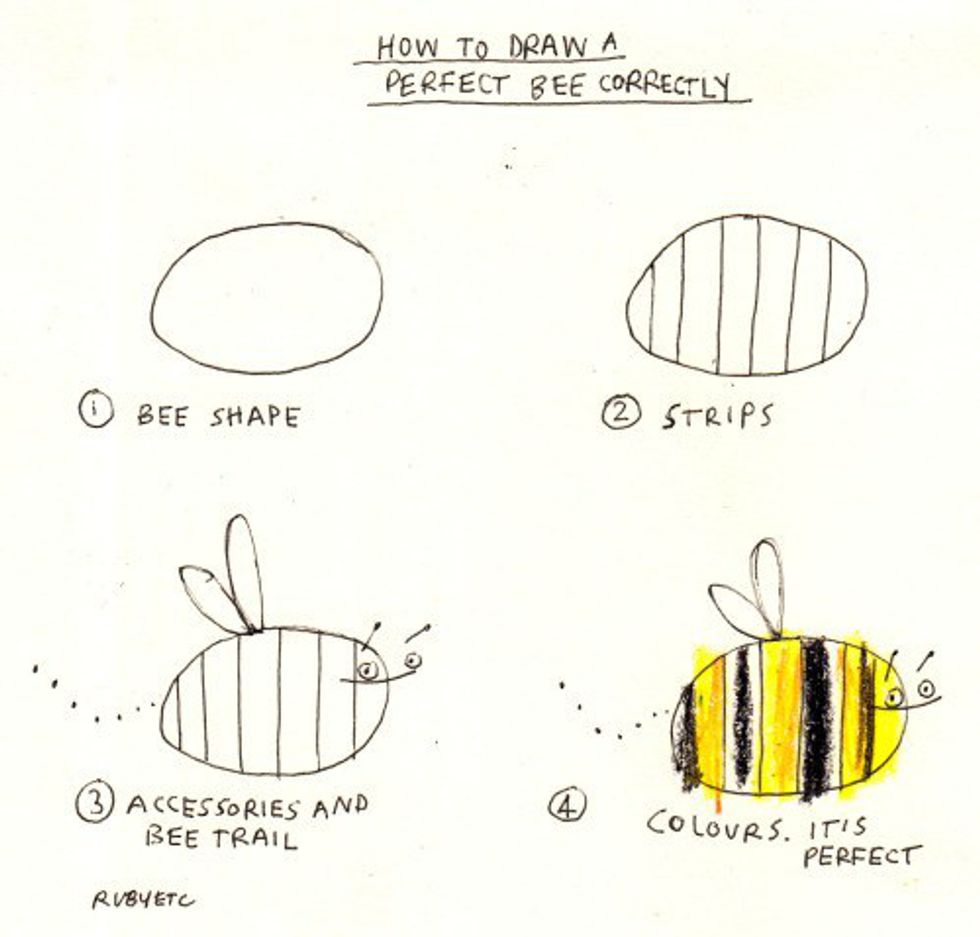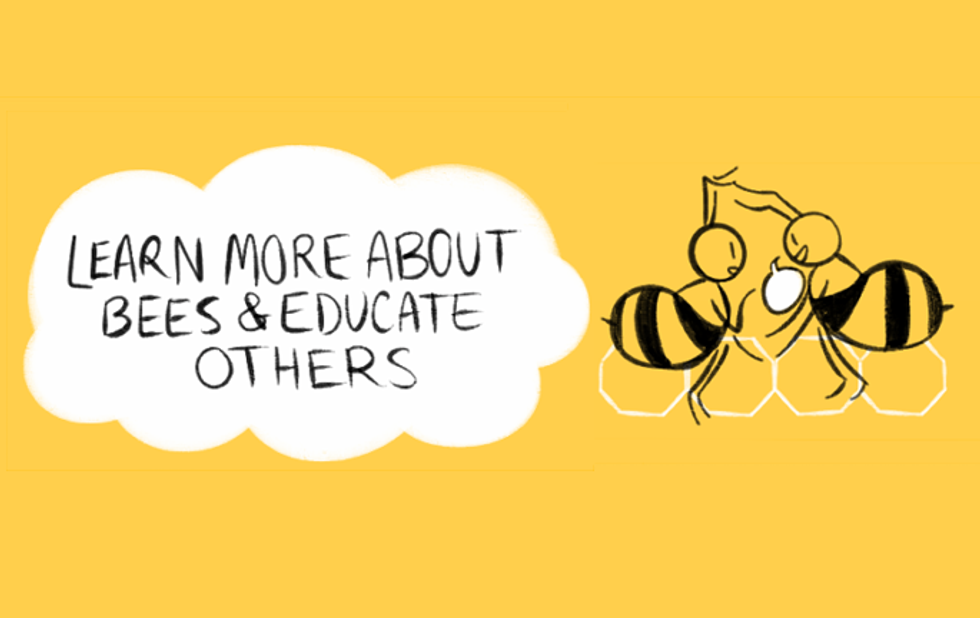Let me start with the relevant story of the Teddy Bear. Back in 1902, President Theodore Roosevelt was invited to go hunting in Mississippi by the Mississippi governor. The first hunting day showed no luck, but nobody was going to let the president leave without making a great catch, so the hunt guides tracked an emaciated black bear with three hunting dogs, who attacked the animal and allowed the guides to tie it to a tree so Roosevelt could shoot it. Much to everyone’s surprise, when Roosevelt was escorted to the captive bear and saw its miserable physical state, he refused.
After numerous newspaper articles were published reporting the story, a candy shop owner in Brooklyn had his eyes set on one Roosevelt cartoon in particular, which depicted the animal as a fearful cub. He then decided to transform the cartoon into a toy for children, and he sold an unbelievable amount, to the point where his candy company transformed into the “Ideal Novelty and Toy Company.”
The odd thing is, before the Teddy Bear became a nationwide trend, bears were seen as monstrous creatures than hunters couldn’t wait to kill. America’s wildlife was still in the process of being discovered, and by discovered, I mean destroyed. Thankfully, Roosevelt’s story led to a new kind of sympathy for bears, because people started to associate them with the cute, fluffy toys that every child wanted.
Something similar is happening with bees. Recently, images of bumble and honey bees have been appearing all over the internet, which is great considering people need to be more aware of the importance of bees all over the world. The question is: Why?
Since the 1950s, an unexplained phenomenon called Colony Collapse Disorder has caused America’s bee population to decrease by fifty percent. As one YouTube video, “Why are bees important?” explains, “The reason? Changes in agriculture. Wildflower meadows have been plowed up, hedges have been ripped out to form bigger fields, pesticides use has massively increased, and humans have been trading bees around the world in tiny little boxes, which spreads disease.” Just a few years (maybe a decade) ago, most people seemed to fear bees more than they praised their hard work and adorable striped jackets. Of course, handing a nest the wrong way or angering a swarm could lead to life-threatening injuries and sometimes even death, depending on the number and species. People who are allergic to stings should always be slightly afraid of bees. But I’m talking about people who fear bees the same way most people fear Daddy Longlegs: for no reason. Unfortunately, however, there is a reason to be scared for them.

Another YouTube video called “What Happens if all the Bees Die?” the narrator explains, “Since 2006, these hardworking, busy bees have been mysteriously disappearing. This Colony Collapse Disorder has seen ⅓ of commercial bees abandoning their hives...In some colonies, mites, viruses and parasites have been to blame, but many are now looking at a class of insecticides called neonicotinoids. This neurotoxin is used to kill off insects and pests, but also affects the central nervous system of bees when they consume contaminated nectar, and since nectar is brought back to hives, the entire colony can be affected, leading to mass confusion and disorientation. If the trend continues, entire food chains and webs may be at risk, such as almonds and hay (used to feed animals), and coffee. Without bees, our diets would mainly consist of wheat, rice and corn, as they are wind-pollinated plants. Like your clothes, not only is cotton the biggest cash crop in the U.S., it makes up 35% of the world’s fibre use. We would suffer a substantial economic strain from their disappearance.”
Now that the facts are starting to tie together and people are realize just how pure these innocent insects are, Instagram has become infested with pictures of their furry, black-and-yellow coats. Tumblr users have drawn attention to the hashtag: #savethebees. Gucci started a clothing line featuring articles embroidered with these majestic little beings. There was even a movie recently made about bees called “Bee Movie”, which has even more recently become a meme. But we can’t draw attention to bees merely based off bad news, because they deserve so much more.
Here are some nice facts about bees:
Bees pollinate ⅓ of our food, or 70% of all the fruits and vegetables we eat, or $200 billion in global agriculture revenue. They can see polarized light, which means they can see colors and patterns we can’t see, and they can locate the sun even on a cloudy day. Their teeny tiny brains have a very small amount of neurons, but they all work together to perform very specific bee tasks, so while they should be stupid, evolution has allowed them to become rather ingenious. Their stingers have venom– a leftover trait from their wasp ancestors, and not all bees die when they sting you. There are approximately 20,000 bee species in the world. Social bees live together in their communal hives, built by queen bees. Solitary bees do their own thing and find their own homes. Some bees will find old termite holes, wasp nests and empty snail shells, and flip them into new homes. “Follower” bees can carry about half their weight in pollen or nectar, and other bees who stay at the nest and wait for the follower bees to come home so they can help them unload the goods. Honey has hydrogen peroxide, which gives it its anti-bacterial qualities. Bees leave the hive in the winter to poop so they can keep their house clean. They also have fairly constant movement within the hive in the winter to keep the queen warm.
One of my favorite podcasts, “Stuff You Should Know,” did a segment on bees, and brought up another very important (and probably my favorite) fact about these tiny creatures. According to Charles W. “Chuck” Bryant and Josh Clark, “Honey bees build the same nest for life, and for generations...and these are all ladies, by the way. These are all little women workers. Male bees are around, for the most part, to fornicate. And that’s it. In fact, they don’t even have a lot of the parts you need to be a real bee, to collect pollen or anything like that. In fact, they will get kicked out of the hive if it’s getting too crowded or food is getting scarce.” So, if you see a bee collecting pollen, or feel a bee stinging you, it’s a female bee. If you see a nest built by a honey bee, it’s perennial, and it’s built by the Queen Bee, who is supported and fed by her fellow workers.
So, I hope this article has helped you make sense of the bee trend that has been rolling through the internet in these last few years, and I hope it never stops.


























